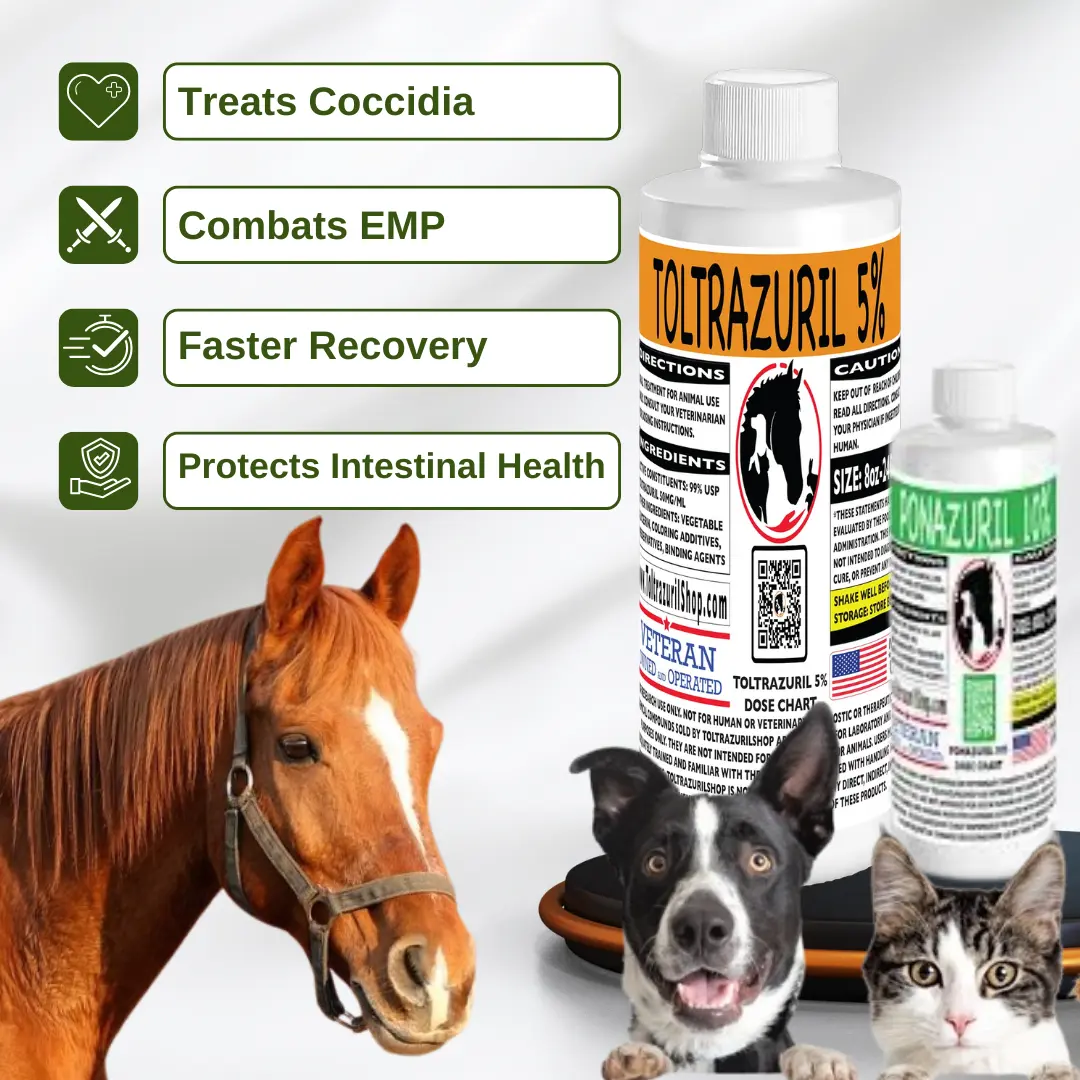No products in the cart.
What Causes Coccidia in Cats? Key Risks and Prevention Tips
Coccidia in cats is caused by microscopic parasites known as Coccidia (protozoans), specifically species like Isospora and Eimeria. These parasites infect the intestines and cause diarrhea, dehydration, and other gastrointestinal symptoms. So, what causes coccidia in cats? The infection is often acquired when cats ingest oocysts, which are the reproductive forms of the parasite, typically found in contaminated environments.
Understanding the Environmental Factors That Lead to Coccidia Infection
Several environmental factors contribute to the spread of coccidia in cats. Poor sanitation, overcrowded living spaces, and unclean litter boxes are common environments where coccidia can thrive. Cats are more likely to ingest oocysts from contaminated food, water, bedding, or surfaces where infected feces are present. Outdoor cats that roam freely are also at greater risk due to the potential for contact with infected animals.
How Cats Contract Coccidia from Infected Feces
Cats typically contract coccidia by ingesting oocysts, which are excreted in the feces of infected cats. These oocysts can survive in the environment for weeks or even months, making it easy for cats to become infected if they come into contact with contaminated feces. The ingestion can occur when cats lick their paws or eat food or water that has been tainted by infected feces.
Risk Factors for Coccidia in Cats
Certain factors increase a cat’s risk of contracting coccidia, including age, lifestyle, and environmental conditions. Kittens, in particular, are more vulnerable because their immune systems are not fully developed. Cats that live in crowded, unsanitary conditions are also at higher risk. Furthermore, outdoor cats and those who are stressed or weakened by other illnesses may be more susceptible to coccidia infections.
Factors That Increase the Likelihood of Coccidia Infection in Cats
The likelihood of coccidia infection in cats is higher in environments that lack proper sanitation. Overcrowded areas with multiple cats, such as shelters, barns, or stray colonies, provide ample opportunities for the parasite to spread. Additionally, stress, malnutrition, and poor immune function can weaken a cat’s ability to fight off infection, increasing its susceptibility to coccidia.
How Poor Sanitation Contributes to What Causes Coccidia in Cats
Poor sanitation is one of the most significant contributing factors to the spread of coccidia in cats. If litter boxes are not cleaned regularly, fecal material can accumulate, creating an ideal environment for oocysts to thrive. Contaminated bedding, food, and water can also become sources of infection. Without proper cleaning and disinfection, the parasite can persist in the environment, leading to frequent reinfection and outbreaks among cats.
Does Coccidia Cause Slow Development in Cats?
Coccidia can cause delays in growth and development, especially in kittens. When infected, kittens may experience diarrhea, dehydration, and weight loss, all of which can interfere with their overall growth and development. If the infection is not treated promptly, it may hinder their ability to gain weight and develop normally.
The Impact of Coccidia on Growth and Development in Kittens
Kittens are particularly vulnerable to coccidia because their immune systems are not fully developed. When infected, they may show signs of stunted growth, as they may struggle to absorb nutrients due to diarrhea and intestinal damage. This can delay their physical and developmental milestones. Timely treatment and supportive care are essential to prevent long-term growth issues in young kittens.
Long-Term Effects of Untreated Coccidia in Cats
If coccidia infections go untreated, they can lead to chronic gastrointestinal issues, including persistent diarrhea, weight loss, and dehydration. Over time, these issues may cause long-term damage to the intestines, leading to malabsorption of nutrients. This can contribute to stunted growth in kittens and may impact the overall health of adult cats. In severe cases, untreated infections can be fatal, especially in young or immunocompromised cats.
Preventing Coccidia in Cats
Preventing coccidia in cats involves maintaining proper hygiene, providing regular veterinary care, and taking steps to minimize exposure to contaminated environments. By focusing on prevention, you can reduce the risk of your cat becoming infected with coccidia.
How to Minimize the Risk of Coccidia Infection in Your Cat
To minimize the risk of coccidia infection in your cat, it’s essential to keep their living environment clean. Regularly clean and disinfect litter boxes, bedding, and food/water dishes. Avoid overcrowding and ensure that your cat is not exposed to infected animals. Keeping your cat indoors and limiting their contact with other animals can also reduce the likelihood of infection.
Best Practices for Coccidia Prevention in Cats
Best practices for coccidia prevention include maintaining proper sanitation in the home, including frequent cleaning of areas where your cat spends time. If you own multiple cats, make sure their living spaces are adequately spaced and cleaned. Regular veterinary checkups and fecal tests can help catch early infections. Providing a balanced diet and keeping your cat’s immune system strong can also help protect them from infections.
FAQs:
What causes coccidia in cats?
Coccidia in cats is caused by ingesting oocysts found in infected feces or contaminated environments.
How do cats contract coccidia?
Cats typically contract coccidia by ingesting oocysts from contaminated food, water, or surfaces that have been exposed to infected feces.
Does coccidia cause slow development in cats?
Yes, especially in kittens, where coccidia can hinder growth and development due to diarrhea, dehydration, and nutrient malabsorption.
How can I prevent coccidia in my cat?
Prevent coccidia by maintaining a clean environment, ensuring regular vet visits, and keeping your cat away from infected animals or contaminated areas.
References:
Next Steps:
For more information on Coccidia in Barn Cats, visit our article on Coccidia in Barn Cats: Prevention, Treatment, and Managing Outbreaks.



One thought on “What Causes Coccidia in Cats? Key Risks and Prevention Tips”
vorbelutrioperbir
September 10, 2025I think this website holds some very wonderful information for everyone :D. “Anybody who watches three games of football in a row should be declared brain dead.” by Erma Bombeck.